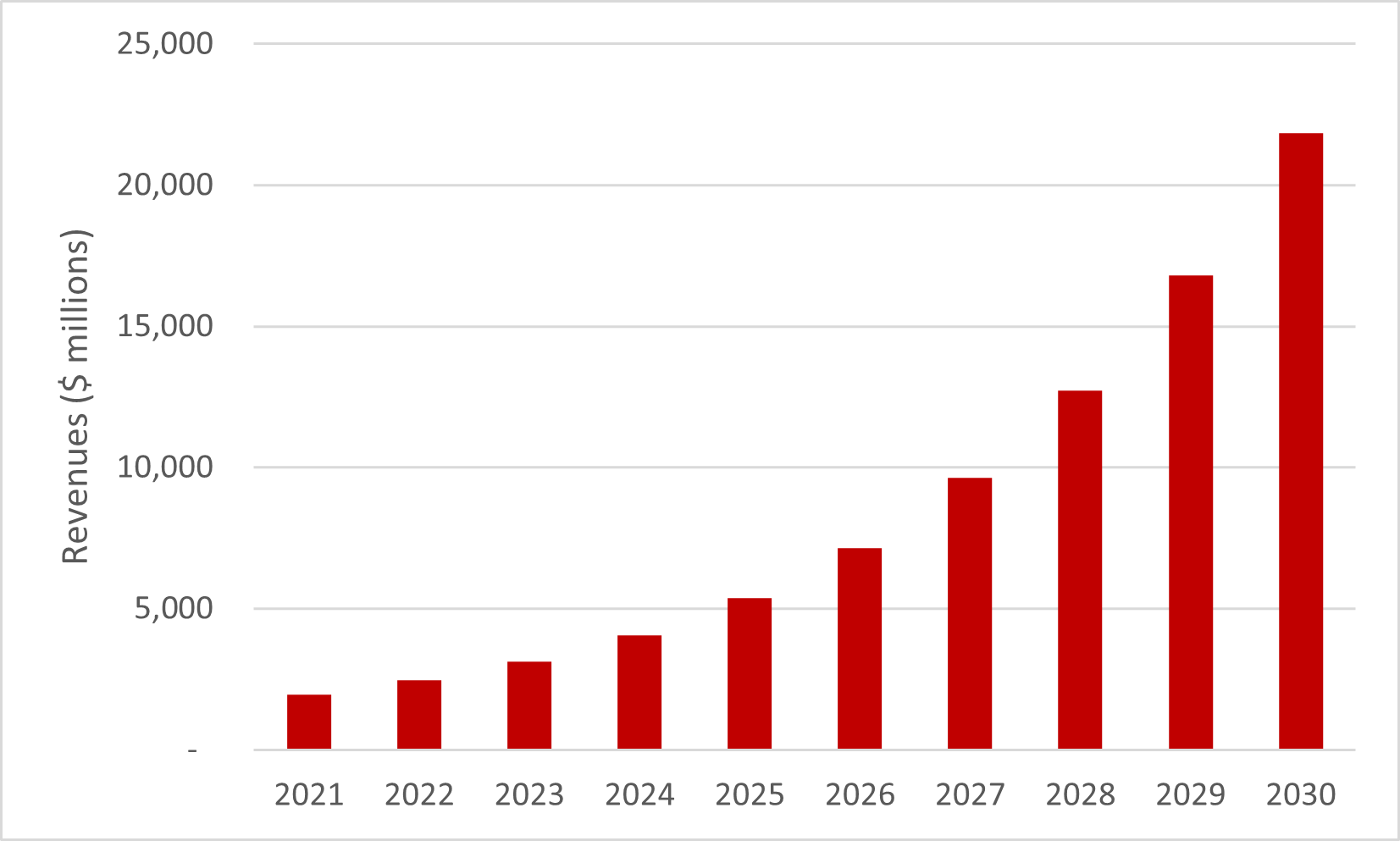Over the past few weeks, tech giants Meta and Google announced that they will no longer be publishing Canadian news on their platforms within Canada following the passage of Bill C-18, or the Online News Act, due to concerns over financial liability imposed on them by the Act. The new law requires large news aggregators operating in the country to pay for the news links they post on their platforms. Meta has already informed news outlets, including The Globe and Mail and The Canadian Press, that their contracts will end at the end of July and that Meta will no longer post the news outlets’ content.
What is Bill C-18 and what is the goal it intends to reach?
Section 4 of the Online News Act states the purpose of the bill is:
“…to regulate digital news intermediaries with a view to enhancing fairness in the Canadian digital news marketplace and contributing to its sustainability, including the sustainability of news businesses in Canada, in both the non-profit and for-profits sectors, including independent local ones.”
In layman’s terms, the government wants to increase the visibility of smaller local news outlets to expand the portfolio of news sources and to avoid the dominance of the few large news publishers who have contracts with large media aggregators like Meta and Alphabet (Facebook and Google). The way this legislation intends to reach its goal is by imposing a ‘link tax’ on these large media aggregators, which means they will have to pay for the news links that they post on their platforms. These media platforms will be expected to keep a roster of the ‘eligible journalists’ that are posted on the platform to ensure there is transparency on the news outlets and to ensure there is enough representation from underrepresented groups. These regulations aim to hold the media platforms accountable to ensure they are giving more news sources an equal opportunity to be promoted on these large platforms.
Tech giants’ concerns with Bill C-18
Despite the goal of equal news source opportunity, these tech giants are choosing to block Canadian headlines rather than comply. Google announced concerns that led it to pull from the Canadian media market:
- Subsidizing and promoting ‘Bad Actors’ and strict media control from the government
Google explained in their statement that the definition provided for ‘eligible news businesses’ is very broad with low standards for journalistic integrity, which could risk the spread of propaganda and fake news. This gives rise to the issue of Google having to pay these outlets and provide them with profit and a platform to peddle poor information. This is currently prevented through qualifying criteria for journalism tax credits to be considered in Canada.
As Google pays proportionally for these headings, the act also stipulates that there is no ‘undue preference’ in the rank of relevant searches that Google currently uses. This means that there is a chance these bad actors could achieve a higher ranking in the searches and therefore reach Canadians a lot easier than with the current Google algorithm, which aims to return the most reliable and relevant sources.
On the flip side, the Canadian Radio-television and Telecommunications Commission (CRTC) will be responsible for qualifying who is considered an ‘eligible journalist’ and will be able to control the content that Canadians have access to. Although this could help control the foreign ‘eligible journalist’ who may peddle propaganda, it will also give more control to the government regarding what news Canadians will have access to that could eventually create a bubble. There is little information about the checks and balances that are in place by the CRTC to moderate these eligible news sources.
- Lose-Lose business deal for Google and Meta
The new bill would require Google to pay news outlets for the links they provide, but ultimately the link is driving visitors to the publisher’s website. This means that instead of free marketing of the news article on Google (which is currently happening), the news outlet would get free marketing plus a pay cheque from Google. Aside from the journalistic morale that Google outlined before, from a business perspective, it makes very little sense for Google to participate as they would be paying the client and also providing them with a free service.
Status and the expected implications
This is past being a bluff from these large tech companies; the media industry has seen the power these giants have, as a similar legislation change happened in Spain which caused Google News to shut down for almost seven years, although ultimately it ended up returning after there were changes to the law. The CRTC announced this week that the ministry is drafting regulations that will address the concerns these media platforms have with the legislation. The ultimate fear of these tech giants is that there is an undefined financial liability that they will be responsible for, so the goal of these drafted regulations is to answer exactly how much these tech giants will be expected to pay if they do decide to keep their services in Canada.
Despite the turmoil this has caused in the Canadian Media market, other governments are also aiming to find ways to limit the media control these privatized media platforms have over the spread of news within a country. US states are exploring similar ways to enforce more competition in the news. Meta and Alphabet’s revenues would take a harder hit if the two companies follow the same course of action in the US as well.



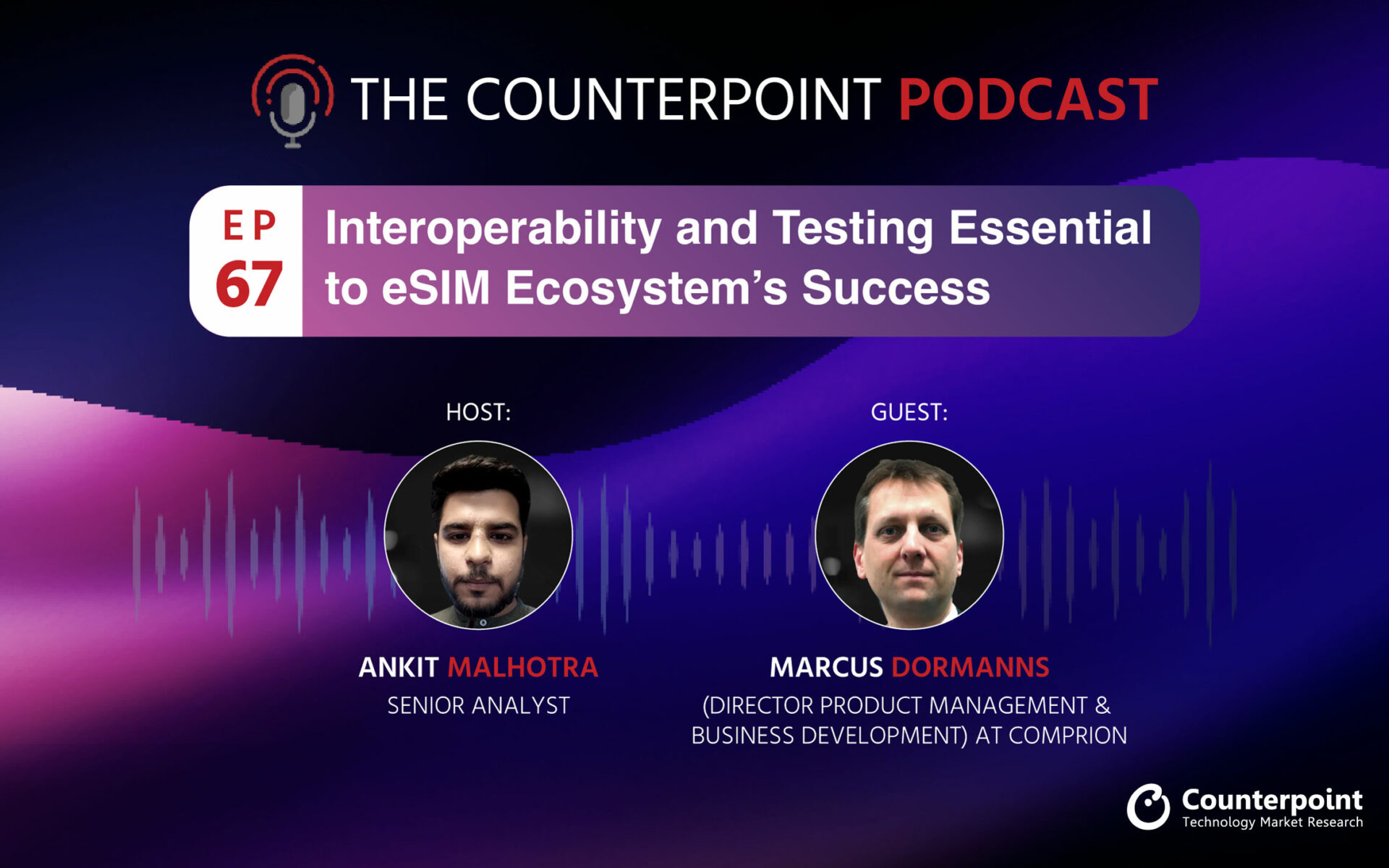



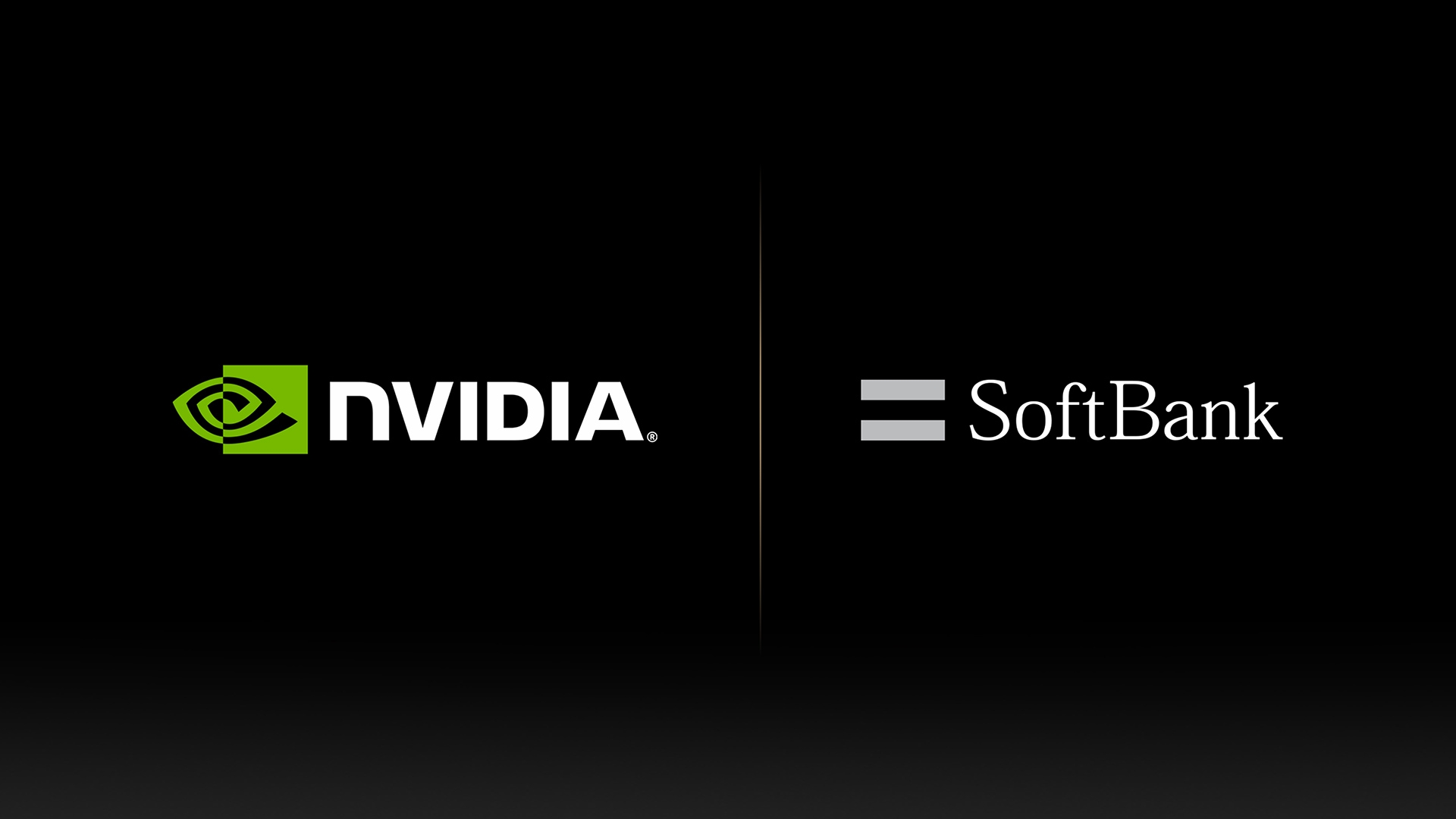


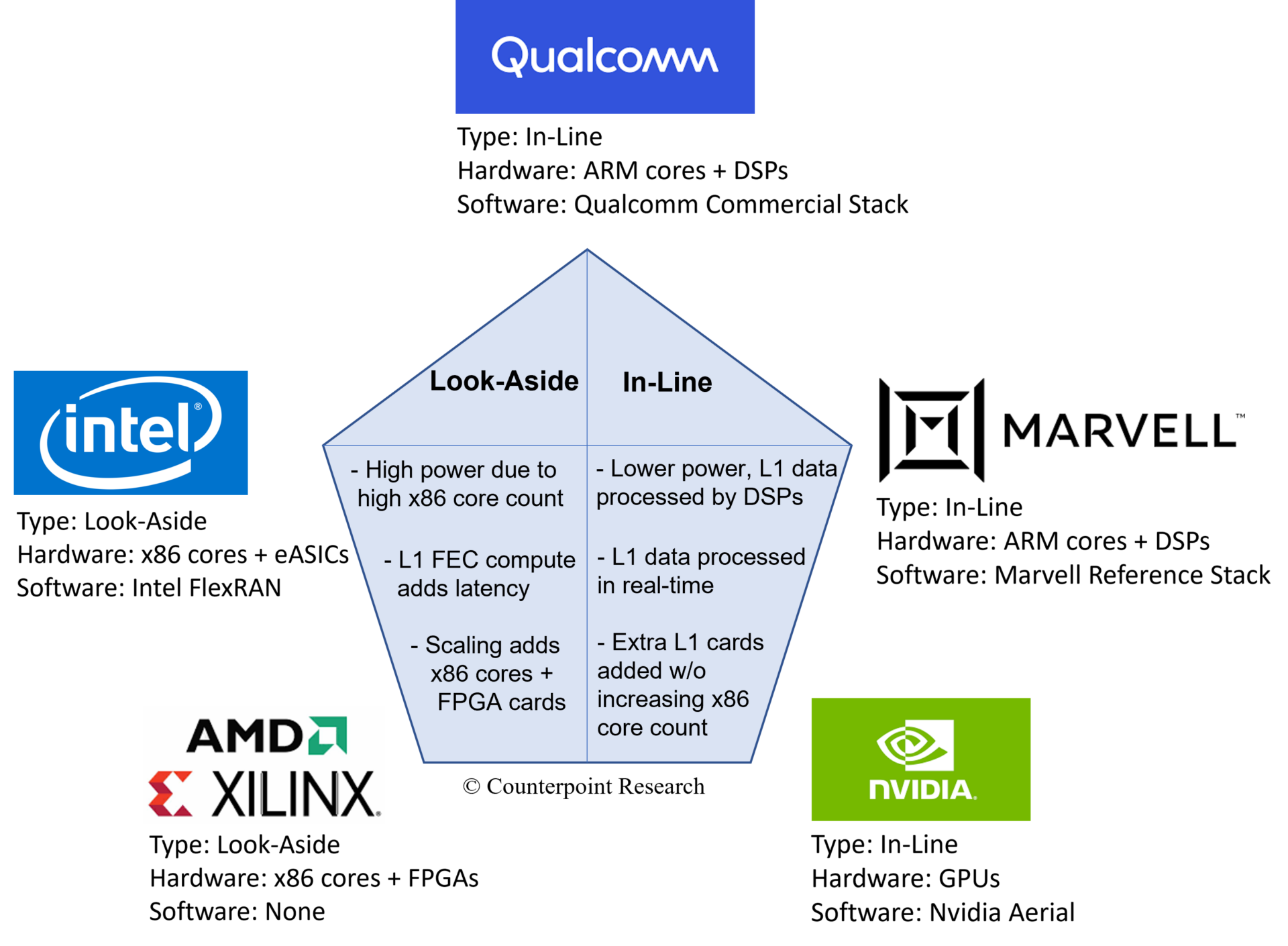



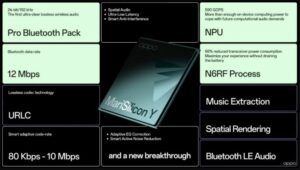
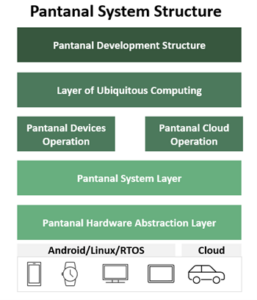
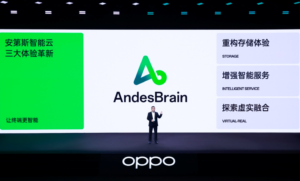




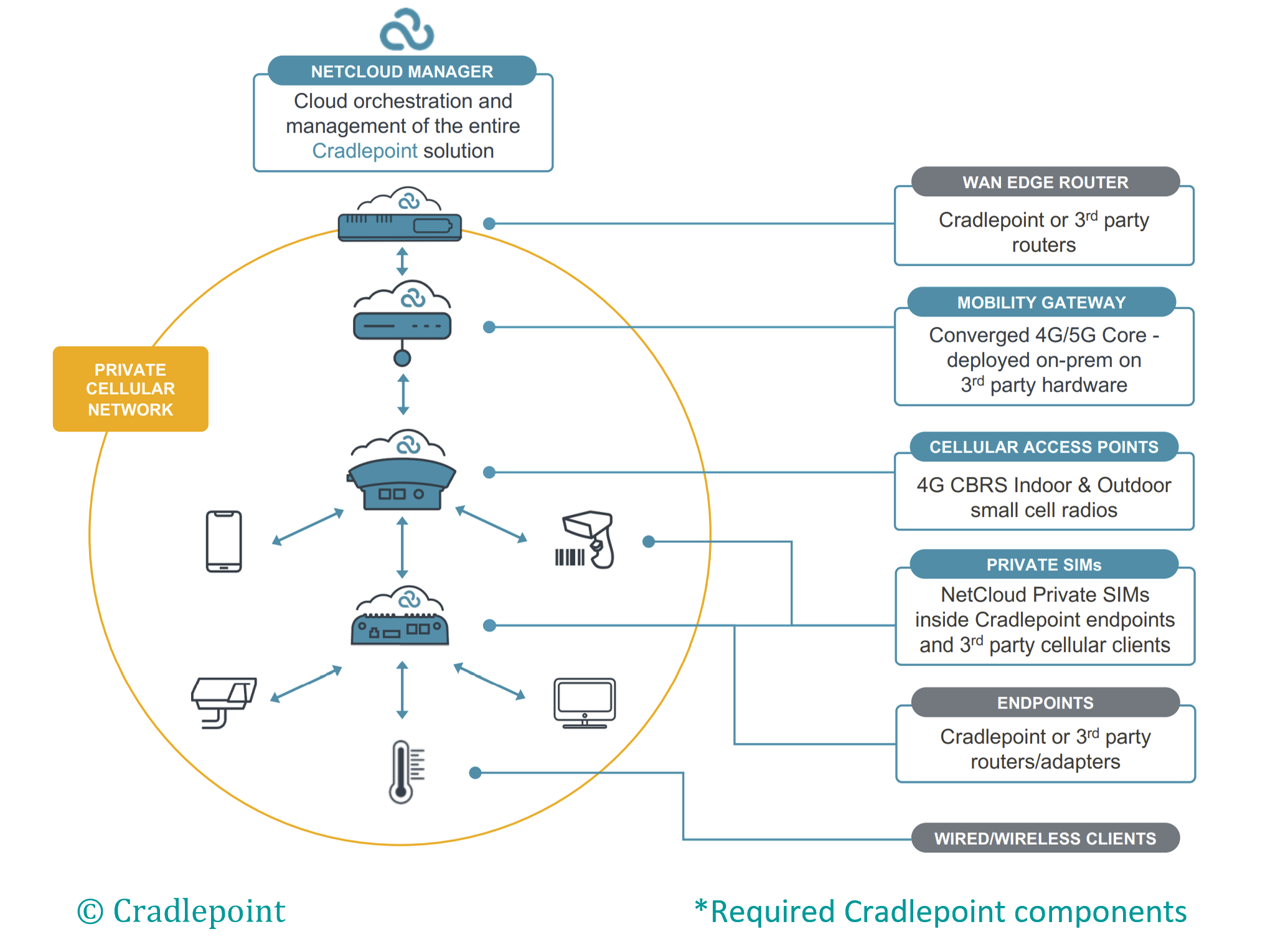
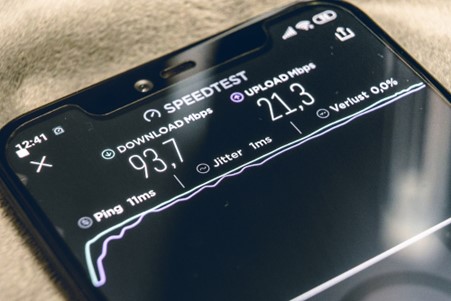
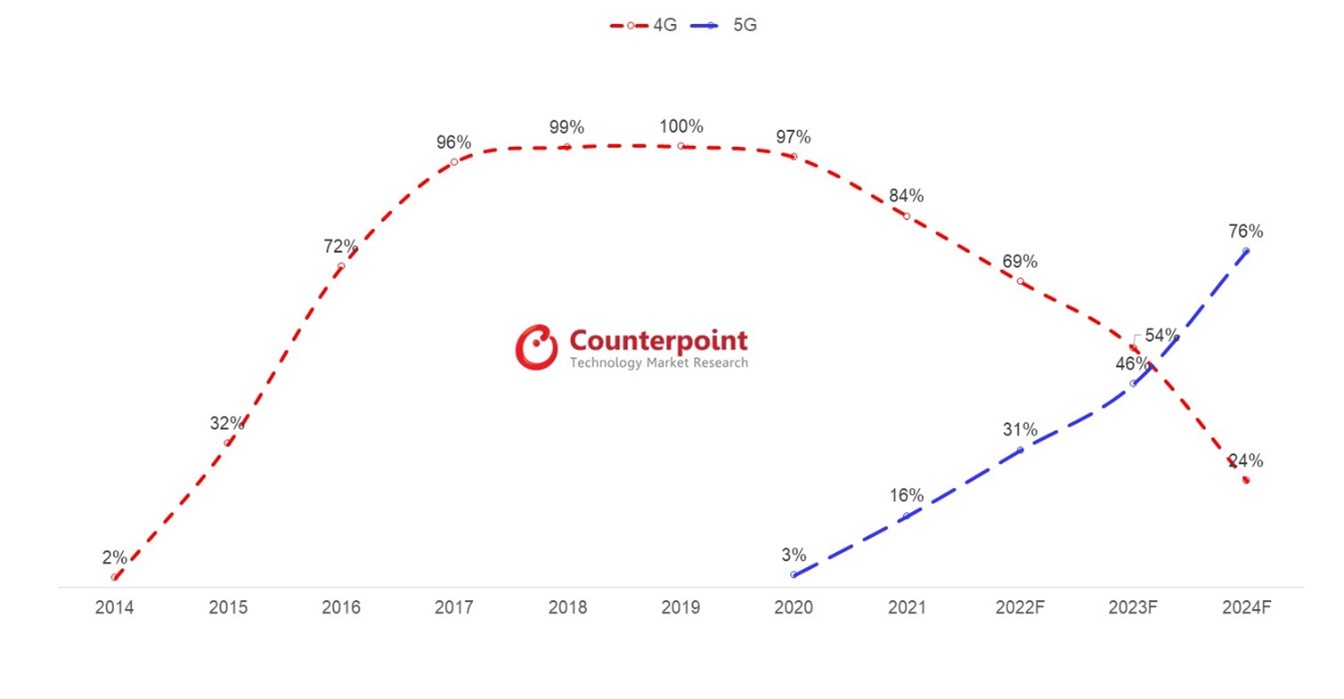 Source: Counterpoint Research India Smartphone Outlook, November 2022
Source: Counterpoint Research India Smartphone Outlook, November 2022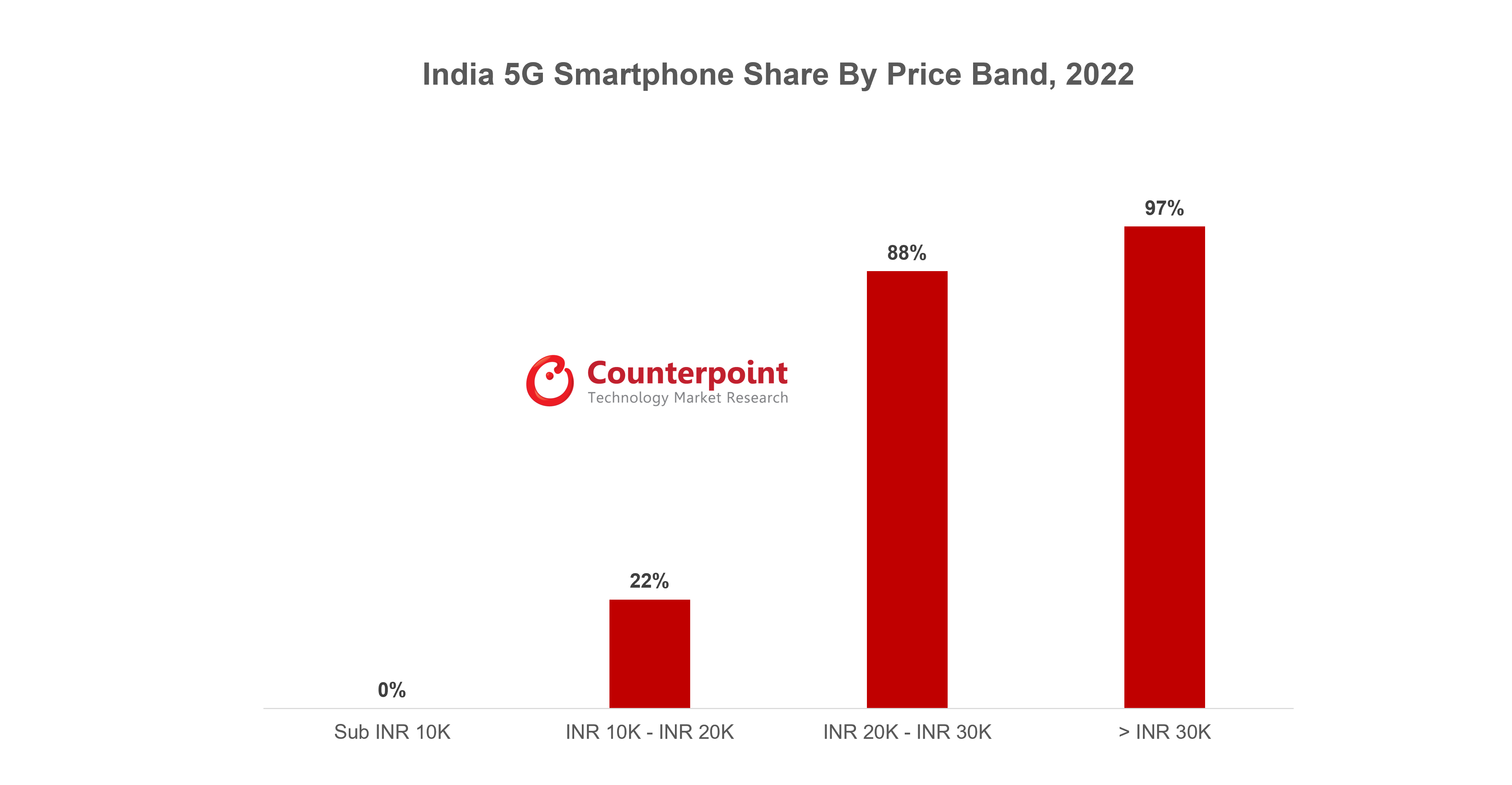 Source: Counterpoint Research India Smartphone Outlook, November 2022
Source: Counterpoint Research India Smartphone Outlook, November 2022

